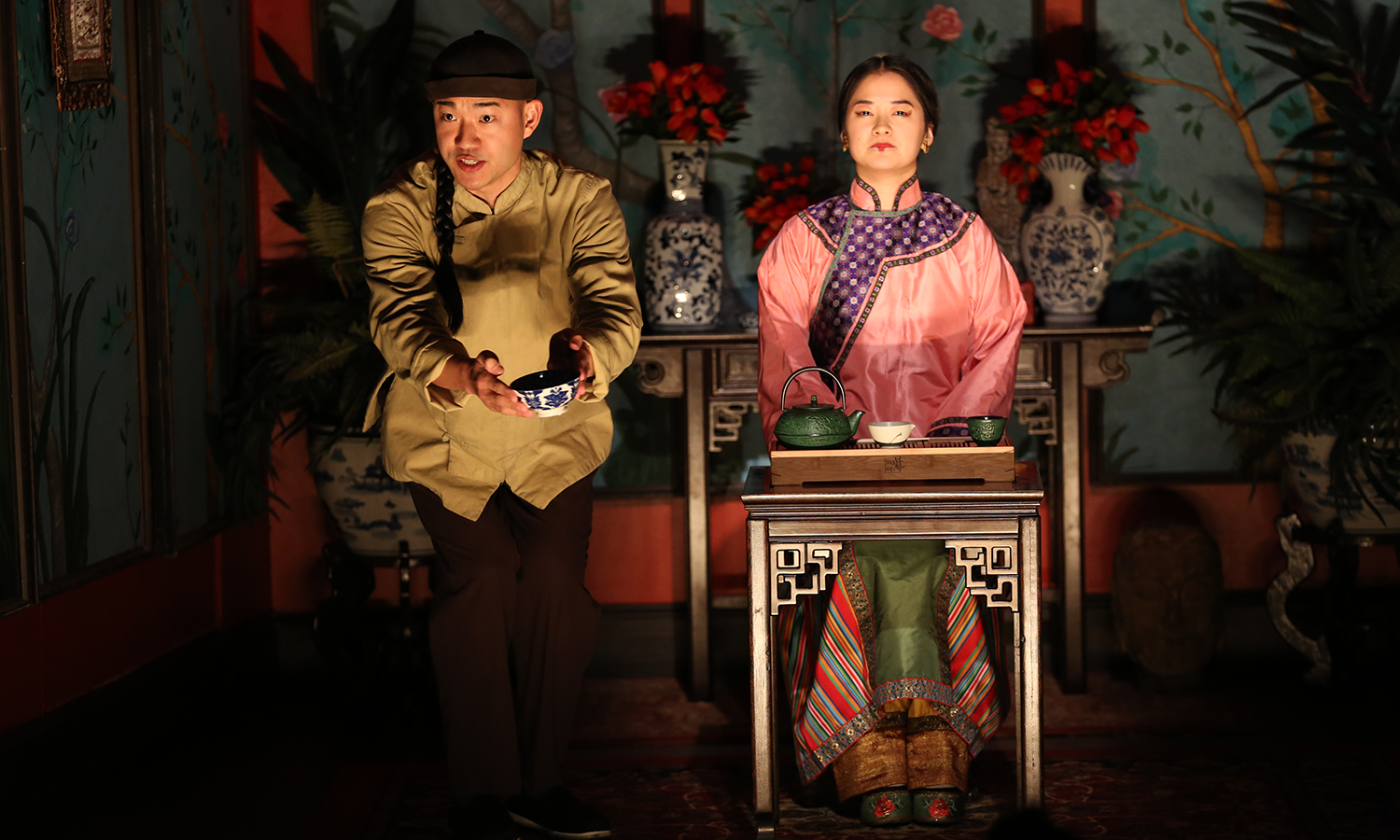Getting Predominantly White Institutions to Act
Money talks, and most theatres will twist themselves into a pretzel to get some. To a lesser degree, public shaming also incentivizes predominantly white institutions to act. You might have noticed a recent rash of BIPOC-hiring in the theatre world after the release of demands by We See You White American Theater—even if many of these theatres never issued a statement acknowledging or supporting the demands. Perhaps they heeded the old adage of “actions speak louder than publicly acknowledging that our C-suites have only white people in them.” Hey, whatever it takes, right?
The annual report by Asian American Performers Action Coalition (AAPAC) has become another shaming cudgel to bring attention to glaring disconnects between a theatre’s diversity statement and their actual practices. If you take the time to read past reports by AAPAC, you will notice that diversity at each theatre fluctuates wildly. One year a theatre might be a shining exemplar of inclusion, only to become the worst offender a year later. How can that happen, you might ask? Easy. Just one production can swing the numbers significantly from year to year. If a theatre produced only white plays with small casts and followed that with a production of The King and I as its season-ender, they win! Report cards like the AAPAC survey are easy to understand intellectually and emotionally. The problem, however, goes much deeper.
The funding community must recognize the value of smaller, community-focused BIPOC organizations and the work they do to bring theatre and arts services to those outside the purview of mainstream institutions.
What Are We Measuring?
I’ve said this time and again: Diversity is not a numbers game. Counting the number of BIPOC plays and performers is a necessary metric because it tells us who’s getting jobs, but it can’t tell us about agency or whether the BIPOC artists felt safe and welcomed throughout the entire process. Tallies don’t tell us if a theatre engaged with the community being portrayed before, during, and long after the production, and it definitely doesn’t reveal the genuineness behind a theatre’s diversity programming.
This is where funders stumble.
If a theatre’s worth is measured by its box office, the size of its subscription base, or the number of productions it puts up in a season, then American theatre will continue to perpetuate a caste system that puts BIPOC organizations several tiers below the regional behemoths. In most cases, these BIPOC theatres sprung out of necessity, in response to being excluded from the programming of the larger predominantly white institutions. With very little resources, they found a way to survive, supported by the communities they serve. Some have gotten, and others will eventually get, the attention of foundations, but never enough to escape the hand-to-mouth existence that handcuffs their practice as a sort of “special interest” concern.
“The bigger the institution, the more support it needs” is the de facto funding paradigm of the nonprofit world. This is why a behemoth organization with the most dismal diversity record receives an obscene amount of money for merely “wanting” to diversify its programming. In short, it is rewarded for its attempt over smaller organizations of color that have actually been doing the work for decades.
A few years back, I asked a very well-known administrator of one of the biggest regional theatres in the country why they didn’t produce more playwrights of color, to which they replied, “Smaller theatres do a much better job of that.” When I pointed out the issue of pay scale, that playwrights can never make the same money at smaller theatres than they would at large regional theatres, all I got was a shrug.
As a BIPOC theatremaker, I took this as yet another confirmation of how large institutions look at communities of color: we’re a closed ecosystem with special interests best left to produce and consume our own offerings, but also a potential source of ticket buyers when needed.
This long-standing practice of carpetbagging muddies the picture for many funders. The larger institutions get credit for putting a BIPOC work on its stage, for “mainstreaming” the work and bringing the spotlight to the artists, while the smaller companies who have laid the groundwork for these kinds of works to flourish get a pat on the back.
This has to stop if we want to bring true equity to our practice.
What BIPOC theatre communities are asking is for funders to look at each level of the creative journey on equal terms.
What Do We Want?
No BIPOC performer, playwright, designer, or director is born with a Tony Award. There is nurturing that happens on many levels, a protracted process of creating and tending to spaces that allow for multiple failures and deep learning. With very few exceptions, this does not happen on the big stages. It’s in the basements, the church halls, the rat-infested rentals where these first impulses are born.
If we know this to be true, why aren’t we investing resources in the BIPOC organizations that struggle to keep afloat this strata of neonatal creativity? We keep going through these “cycles of enlightenment,” and we talk about it for a spell, but then revert back to the same inequities after the dust settles.
We’re in one of those enlightenment periods now.
Conveniently enough, theatre is on pause. The promises made by large institutions to change their ways is a year away from fulfillment. Now is the time to bring accountability into the picture. What concrete steps are these predominantly white institutions taking to bring BIPOC plays and artists to their theatres, not once or twice but as a permanent portion of every season? What are their long-term plans to directly engage with BIPOC communities? How are they working with smaller BIPOC theatres in their area?
Every funder needs to be asking these basic questions—especially now.
From my perspective, it would seem that foundations are wary of any appearance of social engineering, of tipping the scales to correct an imbalance. They would much rather respond to usual metrics of capacity, execution, and vision. Yet, by doing that, they are inadvertently propping up a socially engineered model that has always favored large, predominantly white institutions.
What BIPOC theatre communities are asking is for funders to look at each level of the creative journey on equal terms. We want them to value the work of BIPOC organizations working at the ground level the same way they consider a production at the most prestigious venues.
The value of BIPOC theatres is not in how big or glossy we can make work. It’s in what and for whom we make work.



Comments
The article is just the start of the conversation—we want to know what you think about this subject, too! HowlRound is a space for knowledge-sharing, and we welcome spirited, thoughtful, and on-topic dialogue. Find our full comments policy here